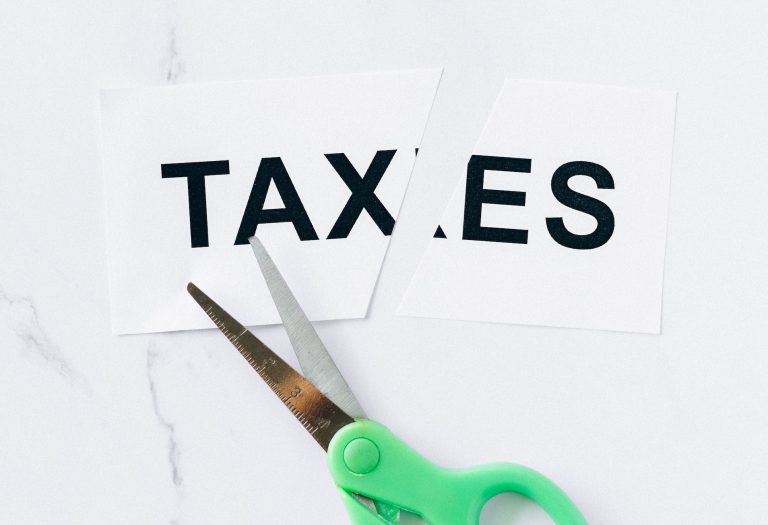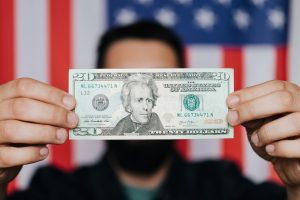As business journalists it is important to understand some macroeconomic theories even if you aren’t an economist. There are two theories we think you should be aware of because they tend to pop up routinely in political debates and discussions on how to ‘fix’ our current inflationary economy. Understanding how macroeconomic theories are practiced in turn can help you understand economic conditions and their impact on companies, stocks, and financial markets.
First, we’ll go over supply-side economics and next week we’ll discuss Keynesian economics.
What is supply-side economics?
Supply-side economics is a theory that believes that the supply side of ‘supply and demand’ is more important than the demand side. It suggests that incentivizing individuals and businesses to work and produce goods, through lowering taxes, decreasing regulation and allowing free trade, will lead to the most economic growth.
Some of the benefits thought to come from this theory are lower unemployment, improved trade, and an increase in privatization. Privatization is seen as a benefit under the belief that the private sector is more efficient than the government as the goal of making a profit motivates companies to reduce costs and improve products and services.
Supply-side economics in practice
This theory is also known as Reaganomics because former President Ronald Reagan and some of his key supporters were big advocates. Similar to what’s going on in our economy right now, inflation was in the double digits during the 1980 presidential campaign. Reagan ran on the promise of lowering taxes which he believed was a common sense way to incentivize work and fuel the growth of the economy, thus tamping down on inflation.
In 1981 he signed the Economic Recovery Tax Act that included a 25% reduction in marginal tax rates over three years. In addition, another tax reform in 1986 cut the tax rates on the wealthy from 70% to around 30% and has become a pillar of Reagan’s legacy.
Similarly, in 2017, Trump signed the Tax Cuts and Jobs Act reducing taxes on corporations and personal income. He used the idea made famous by economist Arthur Laffer, commonly referred to as the ‘Laffer Curve’ that lowering the tax rate would stimulate the economy because it would actually increase tax revenue. The curve stipulates that there is a tipping point for when people are disincentivized from making more money because they receive less of it. The problem is that no one can agree on where that tipping point actually is and where the economy currently is on the curve.
Tax revenues reported by the Congressional Budget Office did decrease in 2018 and 2019, but increased the next two years and are projected to increase for this fiscal year as well.
Criticisms of supply-side economics
Although there may be some truth to the idea that lowering taxes can stimulate economic growth, analysis has shown that supply-side economics, and the tax cuts that accompany the ideology, tends to benefit the wealthy in society rather than society as a whole.
A study on the effects of the Economic Recovery Tax Act showed that ‘the bottom half of the population also paid a higher share of taxes in 1983 than in 1980, while tax shares in the top half, but below the top percentile, declined.” Early analysis of the Trump Era tax cuts are similar in that the ‘trickle down’ that was promised has yet to be seen.
Some other criticisms of supply-side economics are that it increases the federal deficit, has expanded income inequality in the country, and that there is not enough proof of economic growth, including wage increases, tied to the policies implemented under the theory to justify its use.
Stay tuned for Keynesian economics next week.







